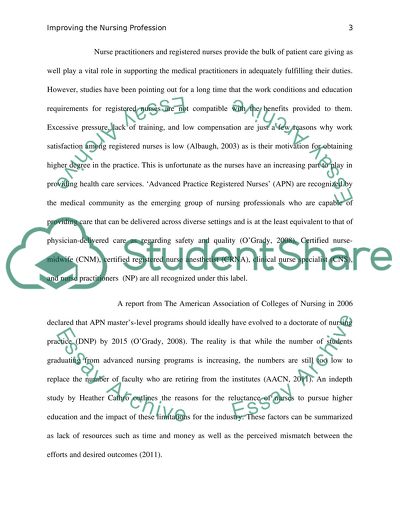Cite this document
(“The Future of NUrsing: Recommendations from IOM Essay”, n.d.)
Retrieved from https://studentshare.org/nursing/1657068-the-future-of-nursing-recommendations-from-iom
Retrieved from https://studentshare.org/nursing/1657068-the-future-of-nursing-recommendations-from-iom
(The Future of NUrsing: Recommendations from IOM Essay)
https://studentshare.org/nursing/1657068-the-future-of-nursing-recommendations-from-iom.
https://studentshare.org/nursing/1657068-the-future-of-nursing-recommendations-from-iom.
“The Future of NUrsing: Recommendations from IOM Essay”, n.d. https://studentshare.org/nursing/1657068-the-future-of-nursing-recommendations-from-iom.


